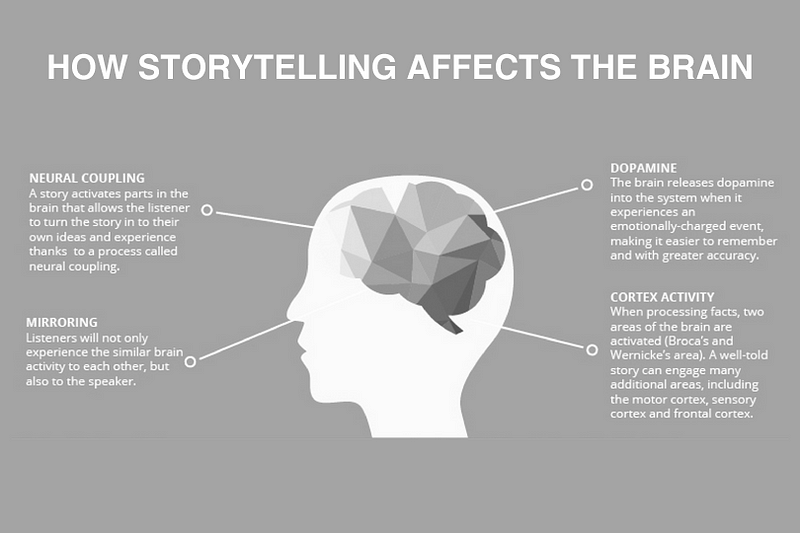Knowing your own story can help protect you from the Amazon effect
Many have heard of the phenomenon known as The Amazon Effect. If you haven’t, here is an excellent definition:
“The impact the digital marketplace has on the traditional business model regarding consumer expectations and the new competitive landscape.”
Amazon is big, and has a track record of disruption. In establishing itself as the dominant player in e-commerce, Amazon simultaneously upended the world of retail. It has entered the market in products ranging from from e-readers to educational toys. At Optimum Output we use Amazon Web Servers for our cloud application, The BPR. Heck, this blog post is probably hosted on an AWS platform!(Hmmm… perhaps I shouldn’t be writing this!)
Sowhen Amazon announces that it will enter a new market, and you’re an existing business in that market…. you’d be forgiven for shaking in your boots a bit.
Amazon has scale and deep pockets, but there is another important reason for their continued success. They believe in the power of stories. CEO Jeff Bezos places great faith in narrative. “He believes in telling a story vividly, rather than relying on data or graphics, or packaging a business case in bullet points on a slide.” — John Gapper, Financial Times
You don’t need Amazon’s resources to harness the value of storytelling in your organization. Here’s how you can start.
What is your story?
Not a campaign penned by marketeers. That’s important, but secondary. Does your organization have a story?
Take a moment to ask yourself these questions. Ideally you could write your answer in a sentence, or two at the most.
Why are you here?
What do you do, make or sell?
What do you do well?
How do you help improve people’s lives?
Why do your customers like buying from you instead of someone else?
The answers to these questions will help you to clarify your organization’s story.
Make sure your team understand your story.

If your team feel like they are part of the story, then they’ll help you get to where you want to go. Talk with the team, and share the answers you came up with. Ask them to share what they think. Clarify their inputs, and clarify yours.
Tell your story to your customers.
Story-telling has existed since humans have existed. People connect with stories, and customers who feel connected to your story will want to buy from you.

There’s strong evidence that narrative is effective both at getting people’s attention and in retaining the details you share. And if your team are connected with your story — living it — your customers will notice.
From the story, comes the vision.
With everyone aligned on the story, it’s easier to talk about the vision. To know where we’re heading, it’s helpful to know where we’ve already been.
If the story is what has happened up until now, then the vision is what you want to happen next.
What is your vision?
There’s a good chance that your story will have highlighted your strengths — the things you have in abundance. Perhaps it’s knowledge. Insight. Deep understanding of your customers. A local network.
You’ll (probably) never be able to compete with Amazon on scale, but on the flip-side, they won’t ever be able to compete with your depth of local knowledge and unique market expertise.
Your vision is your differentiator. It’s a secret weapon — and it’s a valuable one.
How can your story protect you from the Amazon effect?
It can be hard to compete solely on price, but people make buying decisions based on value , which is more complex. How do you add value, and crucially, how can you add more value?
Look to your story for inspiration. You stand a better chance of leading the market rather than chasing it, if you focus where you can offer added value. What can you and your team do that the big players can’t? Amazon will exploit their scale, so you should exploit the strengths that you have.
Build a vision that is true to your story and you’ll find your own way to beat the Amazon effect.
Andrew Sloan is the Director of Content and Strategy at Optimum Output, creators of The BPR and strong believers in Continuous Improvement.
To learn how The BPR can ignite Continuous Improvement and help your team manage process, contact Andrew